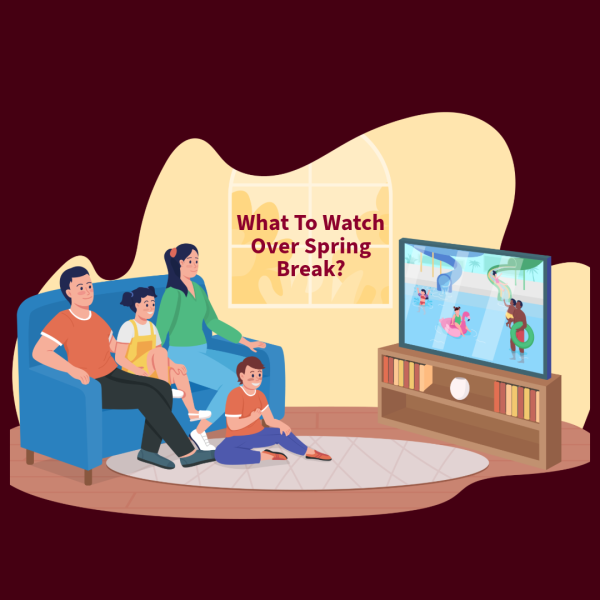Truly, This Body was Made of Swords

April 1, 2015
Shirou Emiya’s life could not get any weirder or more horrific. Already orphaned by a cataclysmic fire that happened a decade ago, his adoptive father, who outright said that he was a mage of all things, died five years later, and now, he was about to get killed a second time tonight by some guy in blue tights with a demonic spear because he didn’t get that people die when they are killed. He certainly didn’t expect the appearance of a beautiful swordswoman with an invisible blade would be the thing that saved him. With the threat pushed back, she turns to Shirou and says these now iconic words:
“I ask of you, are you my Master?”
Thus begins Fate/Stay Night, Type-Moon and Kinoko Nasu’s most iconic visual novel and the next entry of the “Nasuverse,” a series of collected works that are connected and take place within the same world, courtesy of Nasu, who is the scenario creator of the company. Type-Moon’s previous release in 2000, Tsukihime, was a massive success and helped pave the way for Fate/Stay Night, which was released in 2002.
The story takes place in the fictional Japanese city of Fuyuki which was inspired by the real city of Kobe. There, an ancient ritual/tournament known as the “Hoy Grail War” is held in secret from the eyes of the public by a series of mages who wish to bring forth the Holy Grail to fulfill one of their wishes. To do battle, the seven mages selected by the Grail summon phantasmal beings called “Servants,” the spirits of ancient and mythological heroes brought back into the world and given form and a class name that they correspond with: Saber, Archer, Lancer, Caster, Rider, Assassin and Berserker.
Shirou Emiya is the main character of the visual novel. Dragged into the Fifth Holy Grail War, the idealistic young man participates in order to prevent the Grail from falling into the hands of someone else who would use it for their own selfish and destructive desires. As is the case with a number of VNs, there are different routes for the player to go through that centers around Shirou and his relationship with one of the three main heroines. The first route, Fate, focuses on Shirou’s Servant, Saber, who is a calm and chivalrous knight with a seemingly infinite appetite. The second route, Unlimited Blade Works, focuses on Rin Tohsaka, Shirou’s fellow classmate, Holy Grail participant, and Tsundere extraordinaire, and her Servant, Archer, an aloof, snarky, an amnesiac hero who has a major grudge against Shirou for some reason. The third and final route, Heaven’s Feel, focuses on Sakura Matou, Shirou’s shy childhood friend with a very dark secret, and goes further into the bloody history of the Holy Grail War.
As is the visual novel way, the player reads and follows along with the story, making choices on what Shirou should do next to advance the story, learn information, or get horribly killed if you make the wrong choice. Even with just three routes, Fate/Stay Night will take a while to get all the way through if you want to get every ending and Bad End. There are a lot of Bad Ends, with forty ways for Shirou to be horribly killed in most of them, but if you want to get 100% completion, you have to get all of them and you might need a guide for a few.
Like many things from Japan, the original visual novel never made it to the west, but the fans, like in the case of Touhou, managed to make the game available to download with an English patch to translate the text. In addition to that, the team at Mirror-Moon, the guys who helped translate the VN to begin with, later added a patch that put in content that was for the PS2 expansion of the game, subtitled Réalta Nua, which includes updated and new music, new CG screens, and voice acting.
One thing that should be stressed is that Fate/Stay Night was originally an eroge visual novel. This means it had sex scenes present throughout the routes and screens to go along with them. Needless to say, it’s NSFW, so read at your own discretion. To be honest, the scenes are not even that well written to begin with, but that’s a subject for another time. These scenes were censored and changed, as well as the design of the Crest Worms, in the Réalta Nua versions on the PS2 and PS Vita releases.
Fate/Stay Night, easily being the most popular of Type-Moon’s works, has gained a number of adaptations and spin-offs and was the first property to gain an anime. Studio Deen adapted the Fate route in 2006 with their animated version to mixed reception. There were a number of off-modeling issues, but it did a good enough job. They later adapted Unlimited Blade Works into a movie that focuses a bit more on the action of the route, so the story isn’t that in-depth and people who didn’t play the visual novel will easily be lost, though the animation is ten-times more fluid than the previous animation. A light novel prequel to the story, titled Fate/Zero, was written by Gen Urobuchi of Puella Magi Madoka Magica fame and released in 2006, later getting an animated adaptation by Studio UFOtable in 2011 that is easily one of the most gorgeous and solid anime in recent years. UFOtable has recently returned to adapt Unlimited Blade Works as an anime and plans to finally adapt Heaven’s Feel into a movie or series of movies.
Like many of Type-Moon and Kinoko Nasu’s works, the series is very complicated and in-depth that it might be a little overwhelming to newcomers. If one was to start off in the Nasuverse, Tsukihime is a great starting point as it introduces the concepts of Dead Apostles (vampires), the Mage Association, the Holy Church, and Mystic Eyes. Even if you don’t start there and decided to dive right into F/SN, you’ll still be able to enjoy the tale of the Fifth Holy Grail War and it’s very complex and well developed cast.














